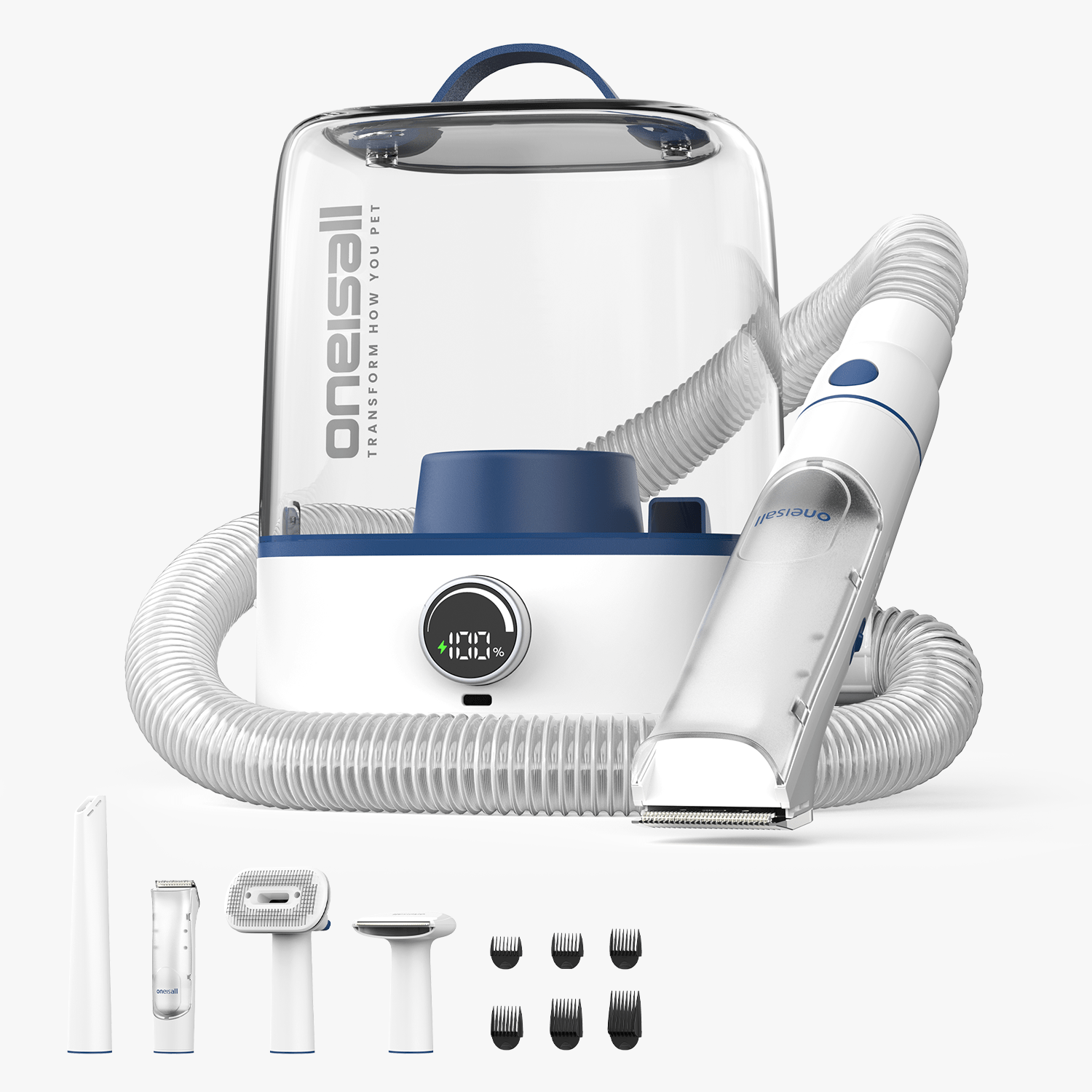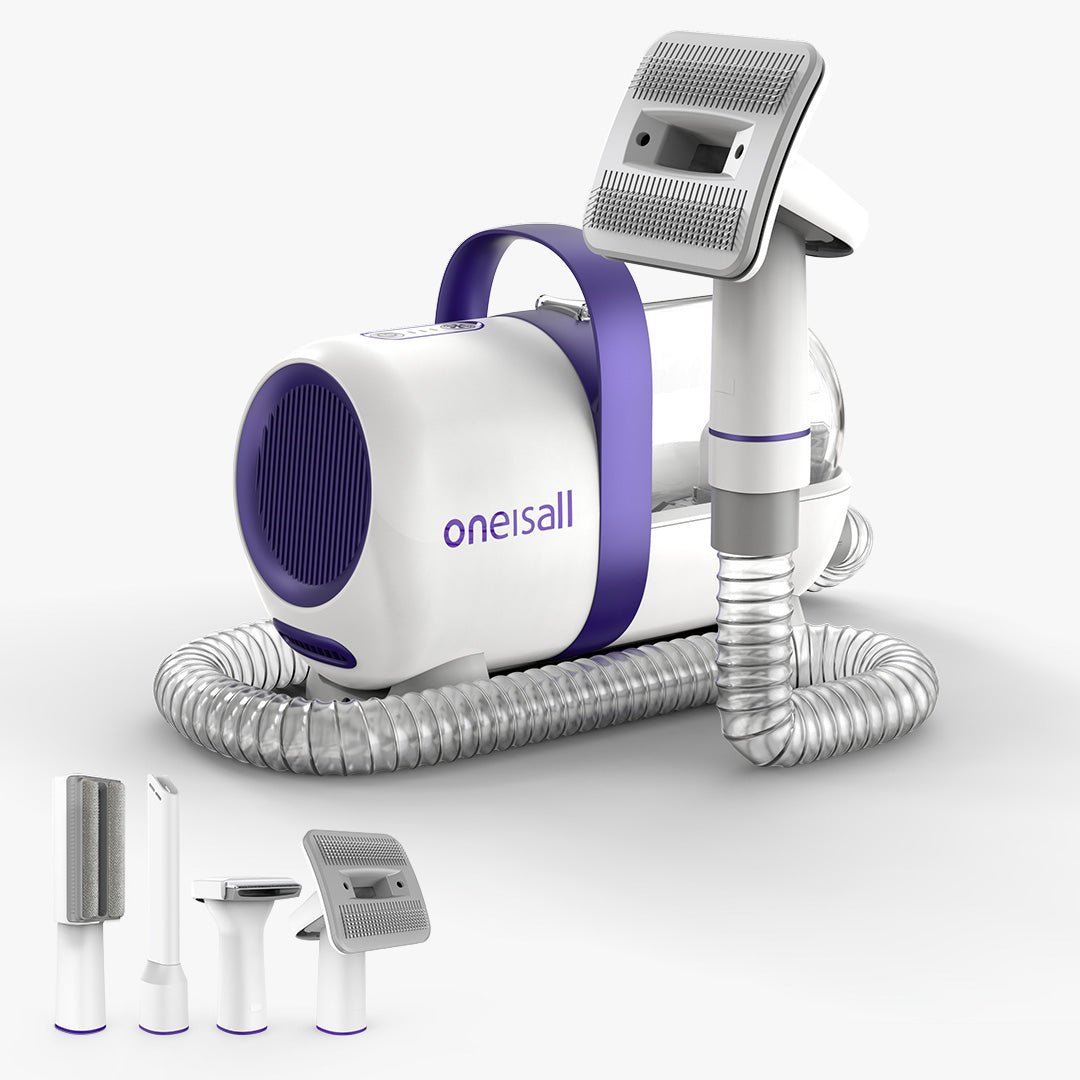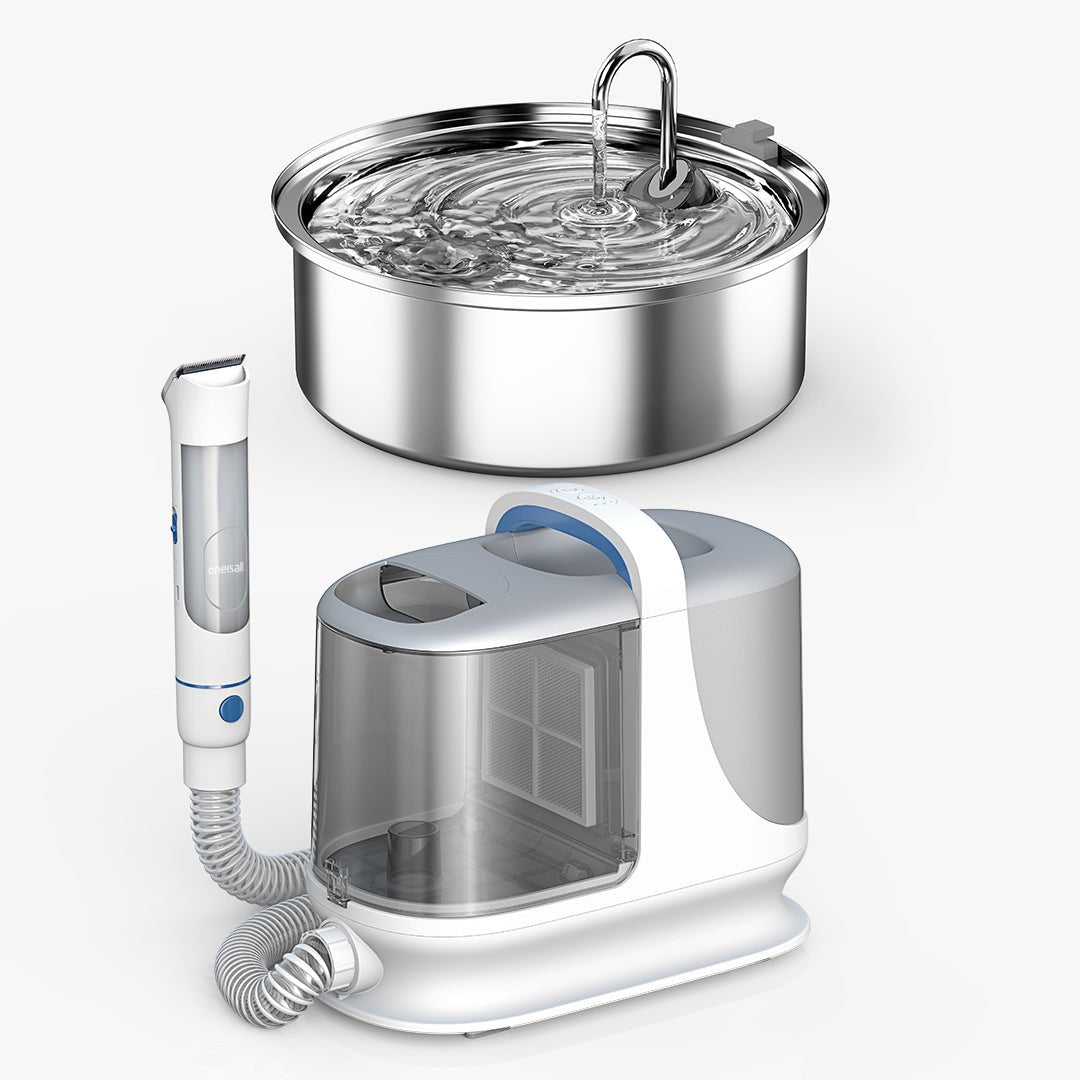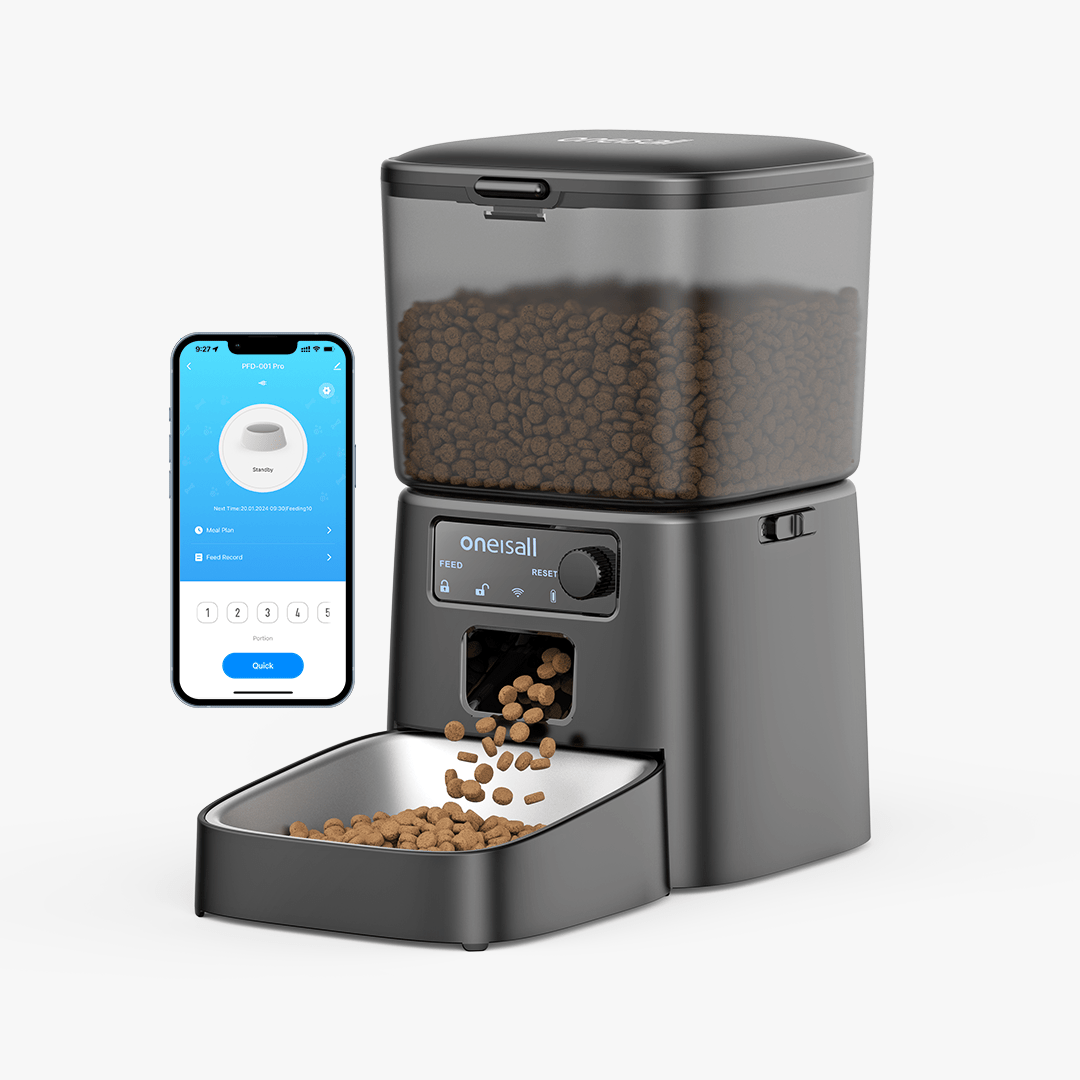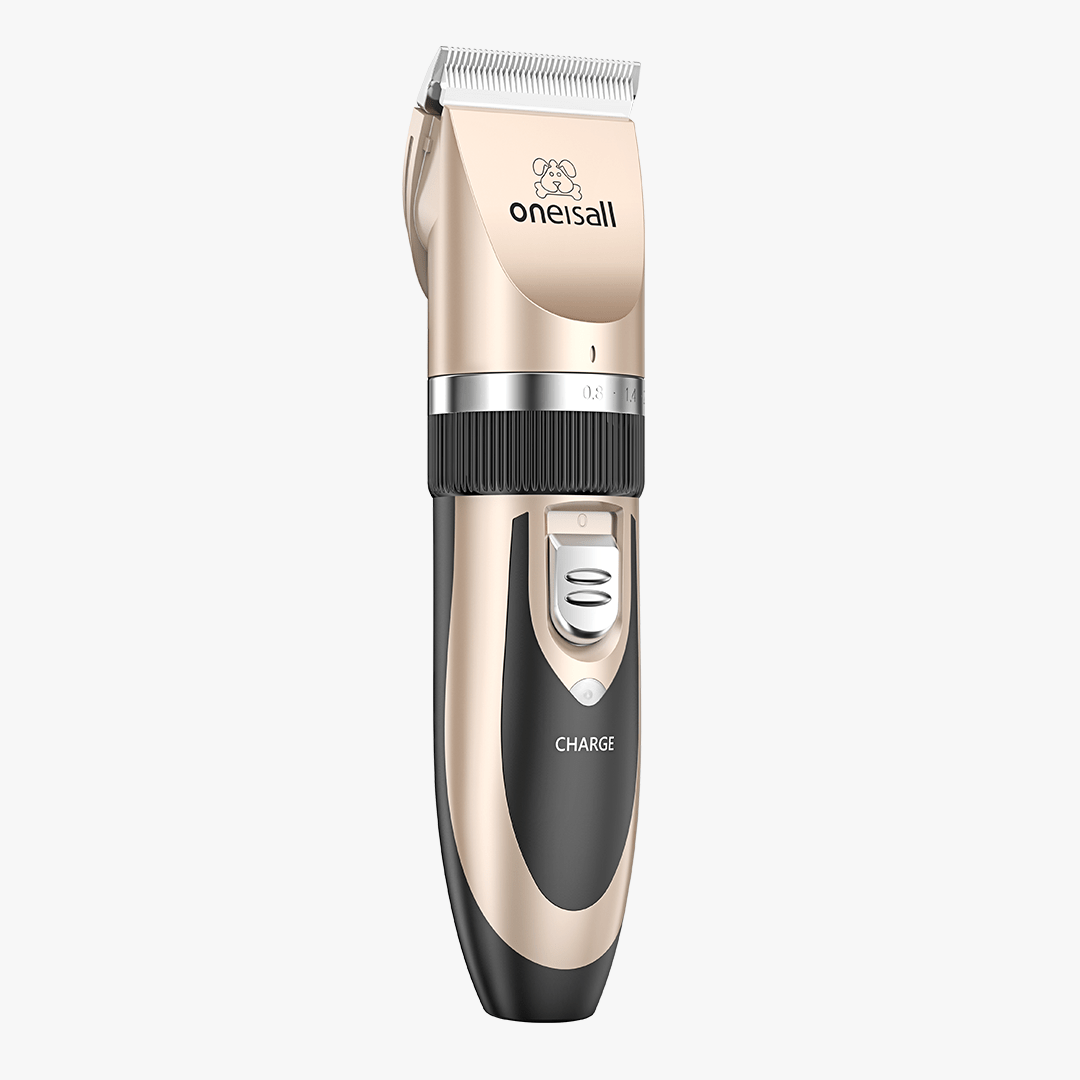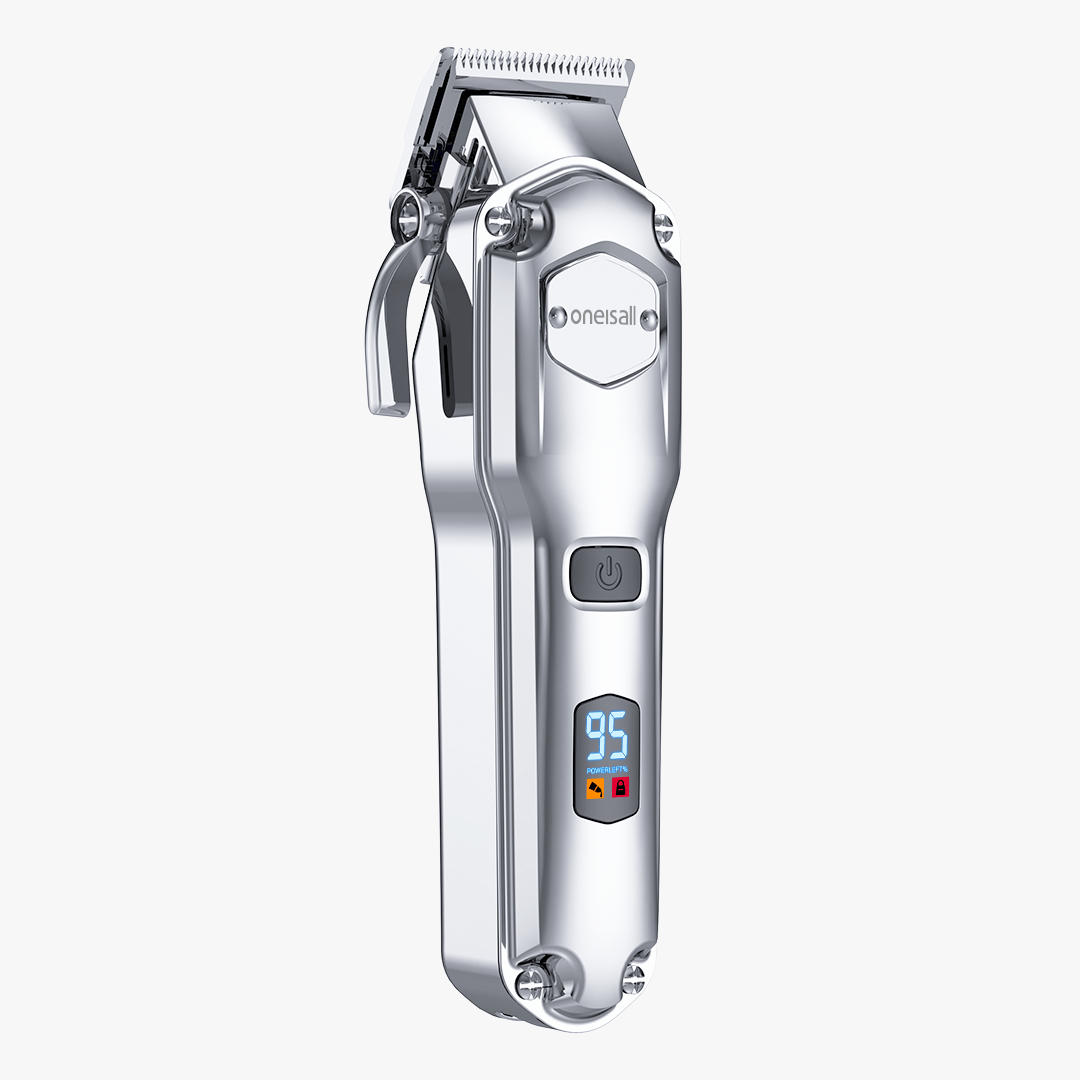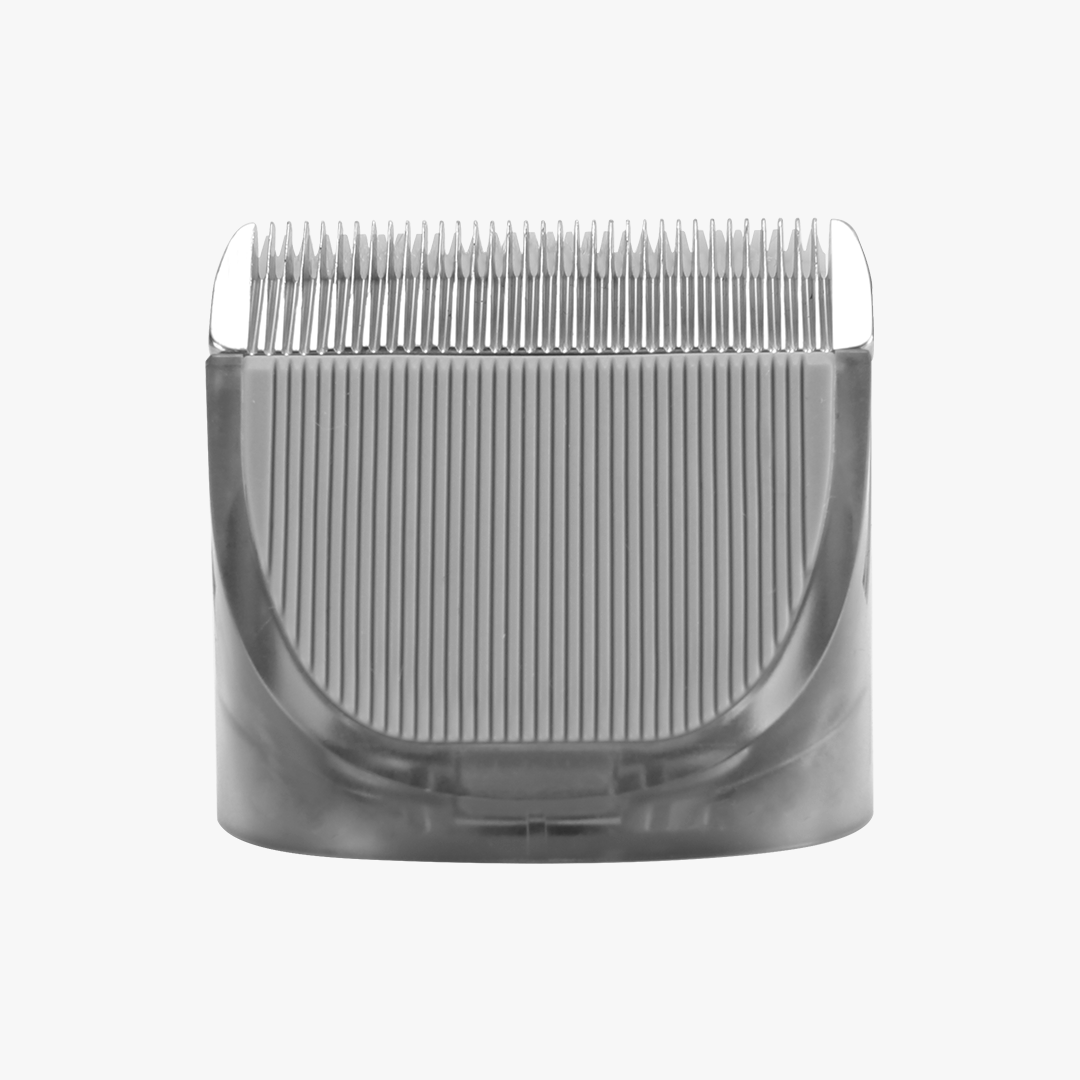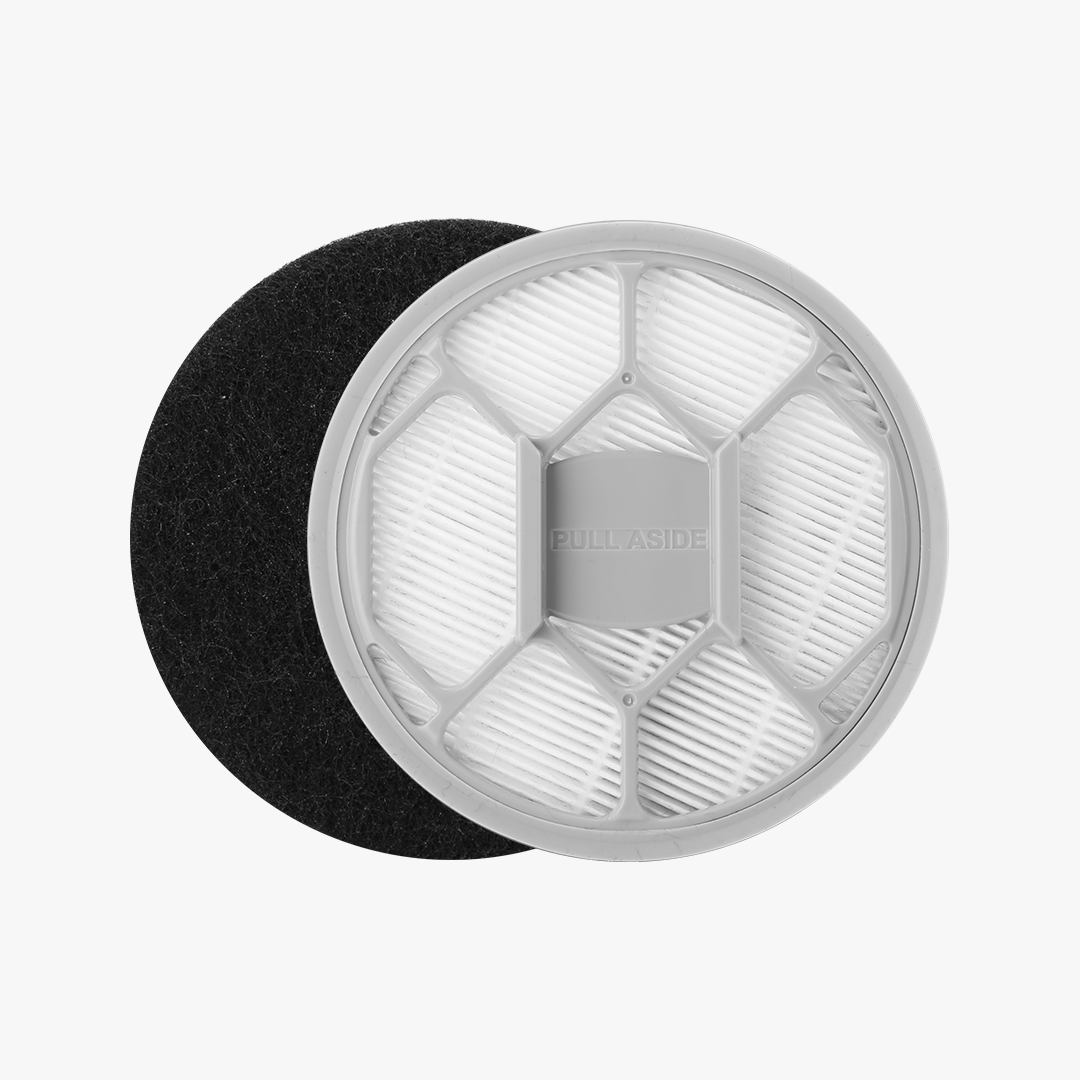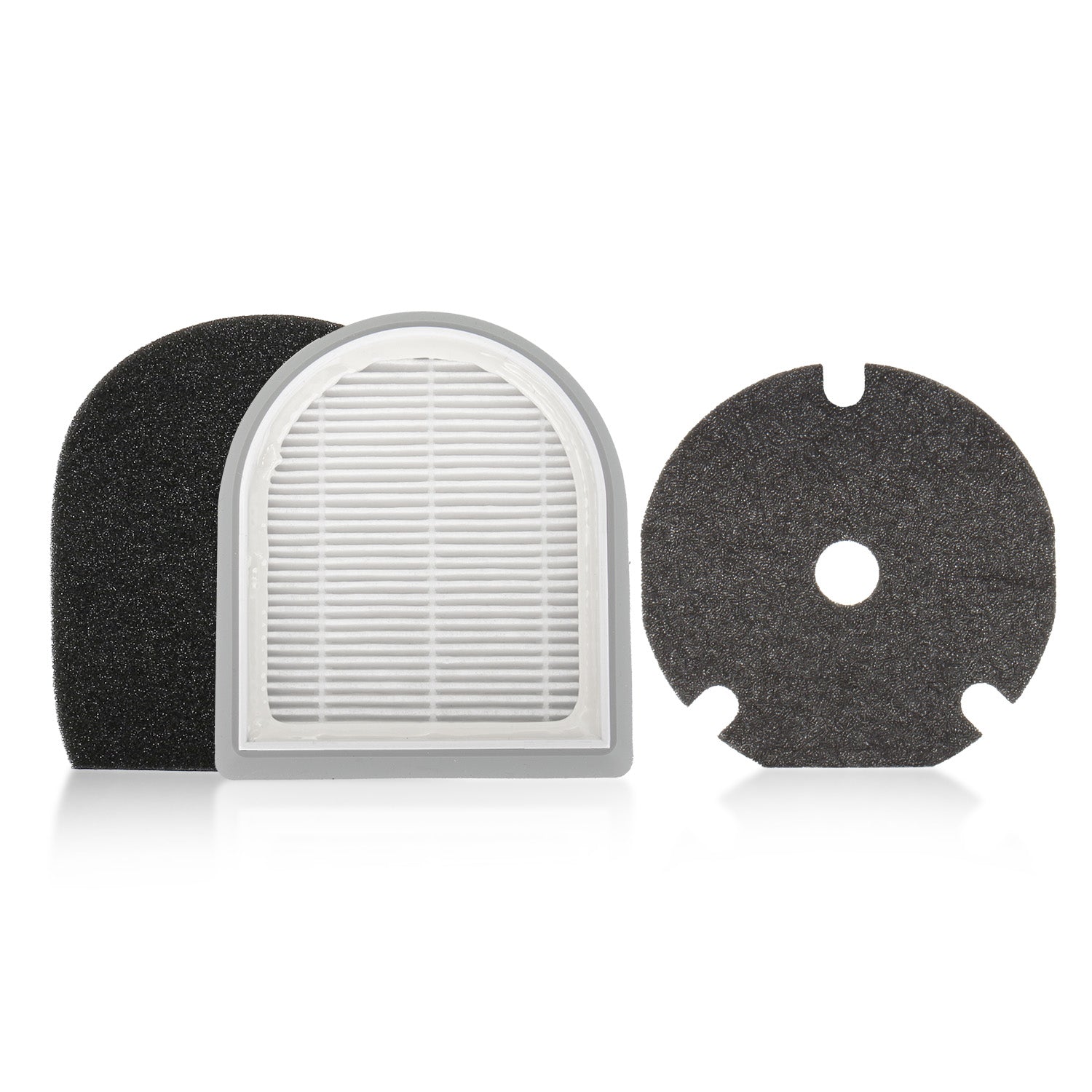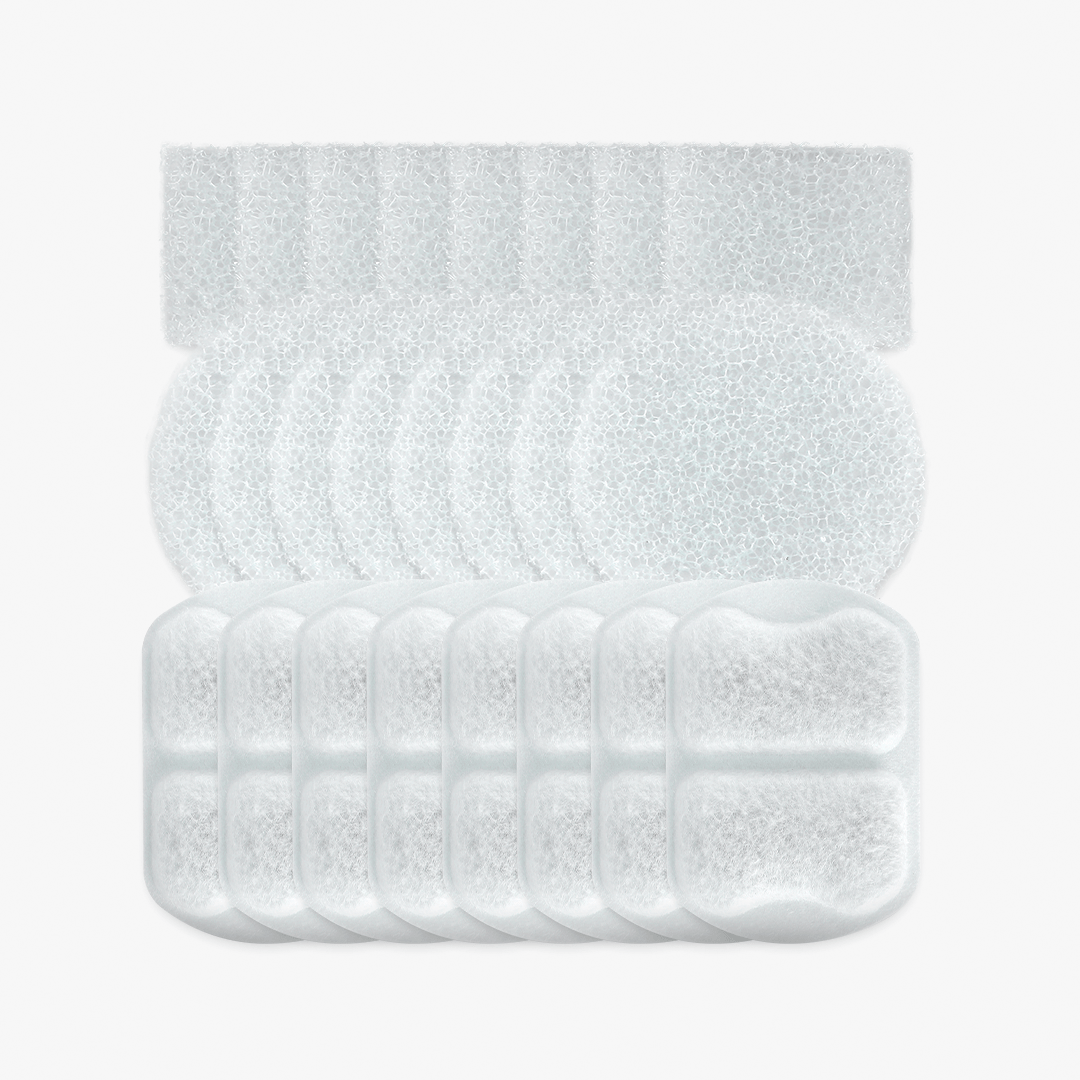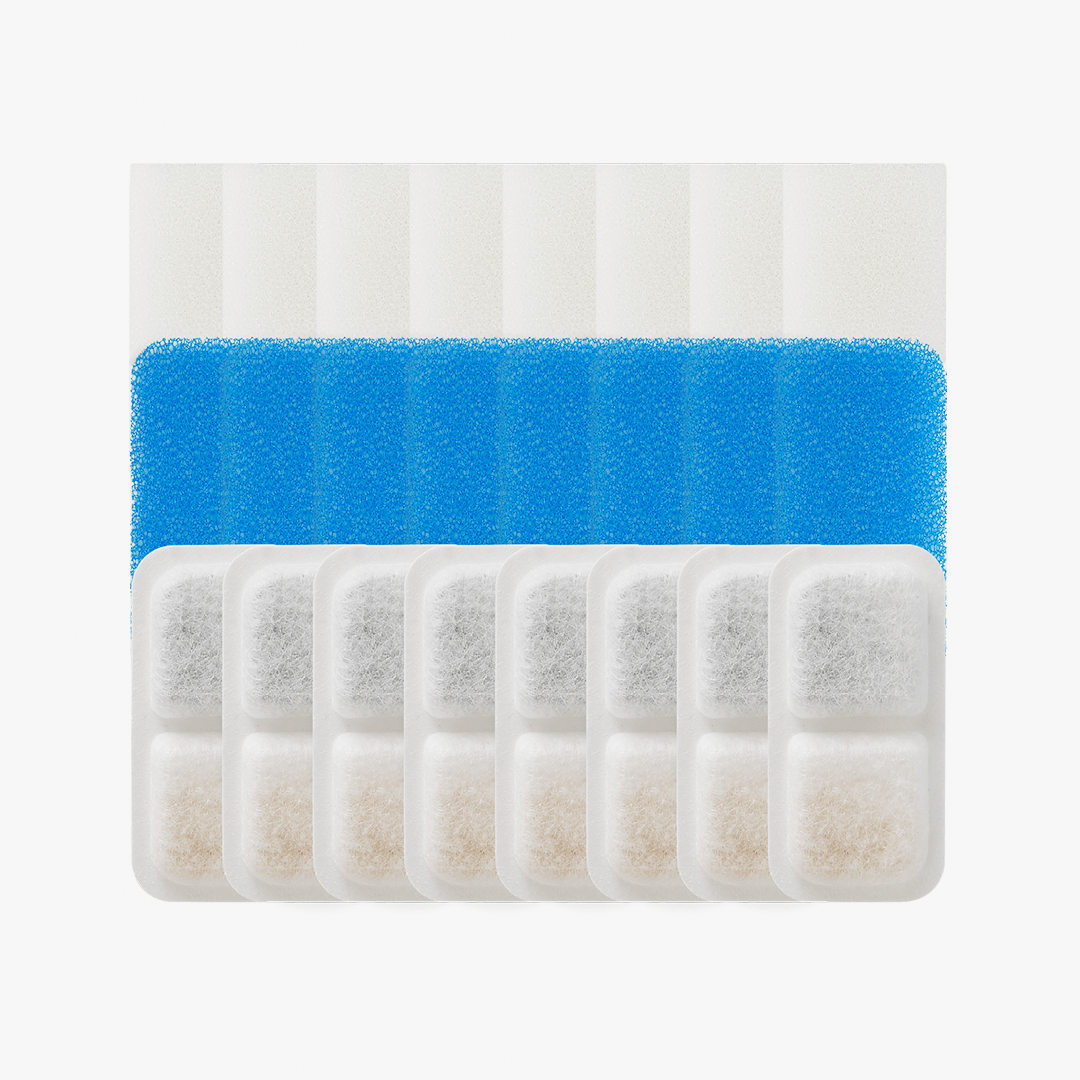How to Bathe Your Dog at Home?
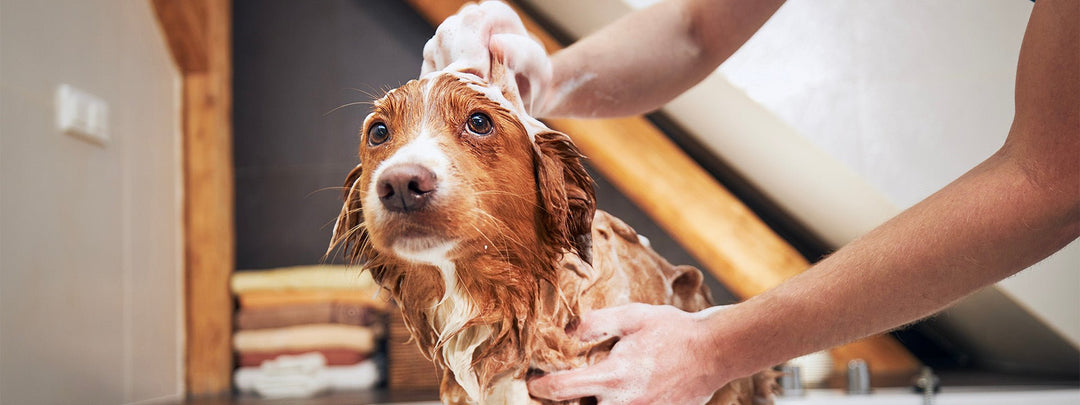
Giving your dog a bath at home may be a fulfilling experience that helps to deepen your relationship with your pet. Even while giving your dog a daily wash might seem like an easy activity, understanding the proper methods, frequency, and significance of this routine can make all the difference in keeping them comfortable and healthy. Everything you need to know to make bath time as easy and stress-free as possible for you and your dog will be covered in this guide.
How Often Should You Bathe a Dog?
Bathing frequency for dogs is determined by a variety of factors, including breed, coat type, lifestyle, and any underlying skin issues. Dogs should be washed once a month, however this might vary. For example, dogs with oily coats, such as Basset Hounds, may require washes as frequently as once every week. Dogs with water-repellent coats, such as Golden Retrievers, may require fewer regular baths to avoid removing natural oils.
Dogs who spend a lot of time outside or are prone to rolling in dirt or mud may require more regular washes to stay clean. Indoor dogs, on the other hand, who keep themselves clean, may only require baths on occasion. It's important to find a balance that keeps your dog clean without drying out their skin and coat. Consulting with your veterinarian can help determine the best bathing schedule for your dog's specific needs.
Why Is Bathing a Dog So Important?
Maintaining a dog's general health and well-being requires regular bathing. It assists in clearing the skin and coat of debris, allergies, and parasites, so averting possible infections and skin disorders. In addition to keeping your dog's hair healthy and lustrous, regular bathing can minimize shedding and remove smells. Furthermore, washing offers a chance to look for any odd lumps, bumps, or indications of pain that can call for medical care.
Regular washing benefits your dog's emotional health in addition to their physical wellbeing. Well-groomed and clean dogs are happier and more comfortable, which lowers the risk of discomfort-related behavior problems. Better still, if done well, giving your dog a bath can be a calming and joyful activity that strengthens your relationship and reinforces great behavior.
How to Bathe Your Dog at Home?
Prior to beginning, assemble all required materials: towels, non-slip mat, dog shampoo, brush, and cup or handheld showerhead for rinsing. Your dog will go through the process more easily and with less stress if everything is within reach. It's important to select a shampoo made especially for dogs because human shampoos may be too strong for their skin and upset the PH balance.
Take into account the surroundings as well. Giving your dog a bath in a serene, anxiety-free environment can assist. Whether it's a bathtub, a big sink, or an outdoor space with warm water accessible, pick a spot that's cozy for both you and your dog. If bathing outside, make sure the weather is warm enough to prevent your dog from getting cold during the bath.
Bathing Process
To make washing your dog more efficient, begin by combing their coat to remove any loose fur and knots. Brushing is particularly necessary for dogs with long or double coats to avoid matting, which may be uncomfortable and challenging to control while giving them a wash.
To keep water out of your dog's ears, fully moisten his coat, starting from the back of his head. Make sure the water flow is lukewarm not too hot or cold by using a cup or handheld showerhead. Apply shampoo and work your way down your body, starting at the neck and creating a thick lather. Take care not to get shampoo in your dog's mouth, ears, or eyes. Particular attention should be paid to the paws, underside, and tail areas that are prone to becoming dirtier.
Thoroughly rinse to remove any remaining shampoo residue, since it may cause skin irritation. Rinse your dog several times since any remaining shampoo may lead to allergies or dryness. To increase moisture and avoid dryness, you may want to use a conditioner made especially for dogs if your pet has sensitive skin.
Drying Your Dog
Gently wring off any extra water from your dog's coat after the bath. Dry them using a towel, concentrating on the regions between the toes, under the belly, and the ears where water likes to collect. To absorb as much water as possible from dogs with long or thick coats, it might be essential to use a second towel.
Use a blow dryer on the lowest heat setting if your dog is comfortable with it, but take care not to burn their skin. To avoid chills, make sure your dog is always thoroughly dry, especially during the winter months. When using a blow dryer, stay far away from your dog so as not to startle them with the noise. To avoid knots, brush your dog's coat while you dry it. Brushing your dog's coat as you dry can help prevent tangles and keep the coat looking smooth and shiny.
Post-Bath Care
After drying off, brush your dog one more time to smooth up their hair and eliminate any stray fur. This is also an excellent opportunity to look for any indications of dryness or irritation of the skin following the bath. If problems arise, think about reducing the number of baths or using a softer shampoo. To help your dog form pleasant associations with wash time, reward him with food or playing. You'll both be able to enjoy and simplify future bathing as a result. To avoid slips and to maintain your bathing area ready for the next bath, be sure to properly clean and dry the area.
Tips for a Stress-Free Bath
For certain dogs, especially those who are not used to it, giving them a bath can be rather traumatic. Bath time should be made more enjoyable by establishing good connections with it through the provision of snacks and mild praise. Incorporating bathing into their daily routine at an early age can also help dogs feel more at ease with it. It's important to keep your dog's environment peaceful and quiet; you may achieve this by avoiding loud noises or abrupt movements. To keep the experience as stress-free as possible, if your dog does feel nervous, take brief breaks to let them relax before continuing. Making bath time enjoyable for your dog requires patience and understanding.
Handling Difficult Dogs
If your dog is really nervous or challenging to bathe, you might want to try a waterless dog shampoo or a showerhead that can be detached to make cleaning up simpler. If your dog is afraid of the water, you might begin by wiping them down with a moist towel rather than giving them a complete bath and then gradually exposing them to the water.
Seeking assistance from a veterinarian or professional groomer may be the best course of action if your dog exhibits significant anxiety. They may offer advice particular to your dog's requirements or even take care of giving your dog a wash, making sure it's done properly and safely. Some dogs may benefit from desensitization training, where they are gradually introduced to the bathing process in a controlled and positive manner.
Bathing Tools and Products to Consider
Purchasing the appropriate equipment and supplies may have a big impact on how comfortable bathing is. Shampoos designed specifically for dogs are vital since they are made to match the type of coat and skin sensitivity of your dog; dogs with skin disorders can use medicated or hypoallergenic shampoos. Additionally, if your dog has long or curly fur that tangles easily, applying a conditioner can help keep their coat manageable and silky. A non-slip mat can increase bath time safety by keeping your dog from slipping in the tub and giving them a sense of security. Dog-friendly grooming wipes are an easy solution to keep dogs clean and fresh between bathing or for dogs who don't like the water.
When performed properly, giving your dog a bath at home makes a big difference in their health and wellbeing. You can guarantee that your dog stays clean, cozy, and content by being aware of the right methods and how often to use them. Frequent bathing not only enhances your dog's physical appearance but also offers a chance to identify any health problems early on. Bath time may become a fun and enjoyable bonding activity for you and your dog if you take the necessary time and care. Using the appropriate equipment and keeping the space serene can help guarantee that your dog has a pleasant bathing experience every time, leaving them feeling renewed and cherished.







